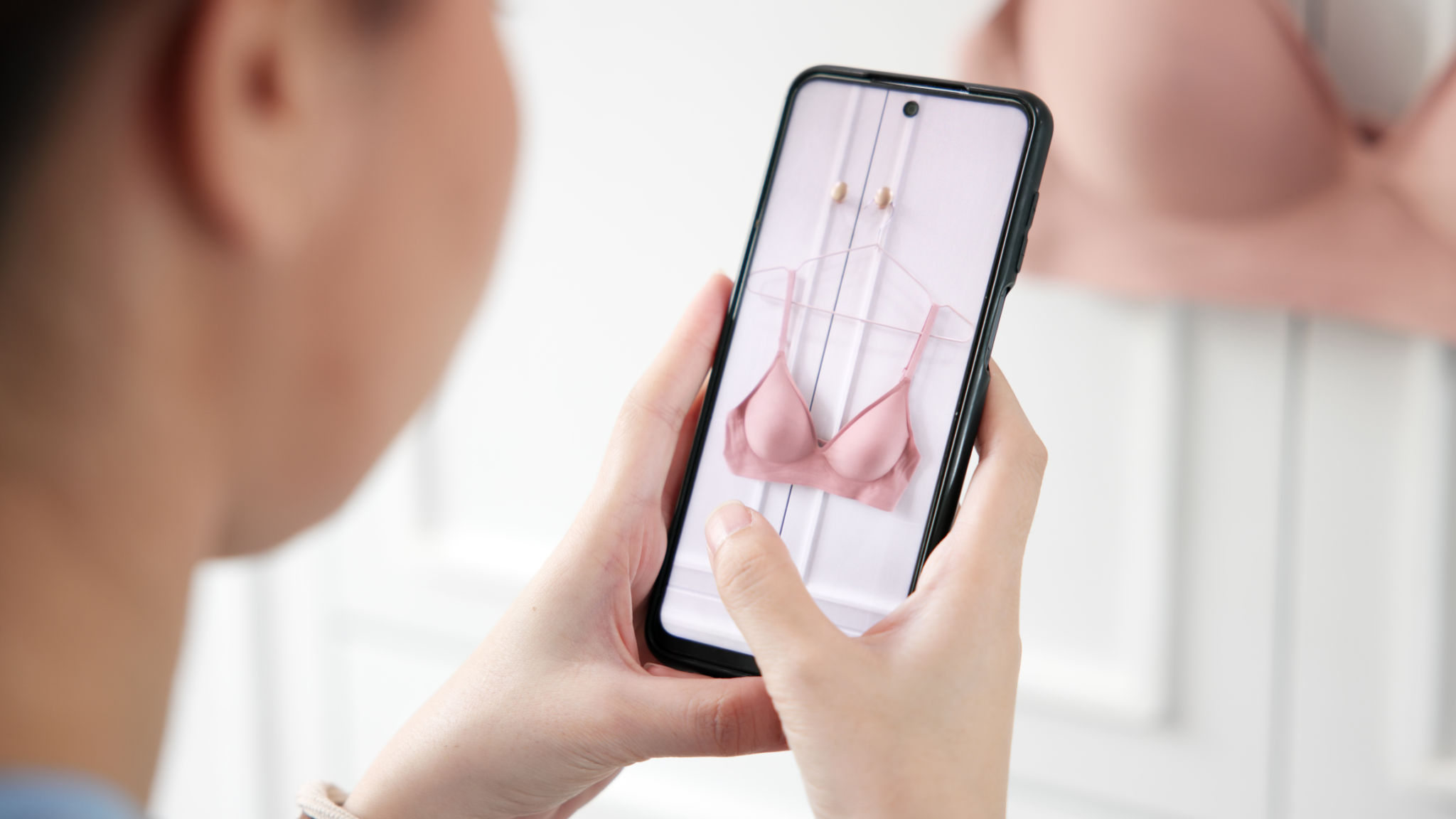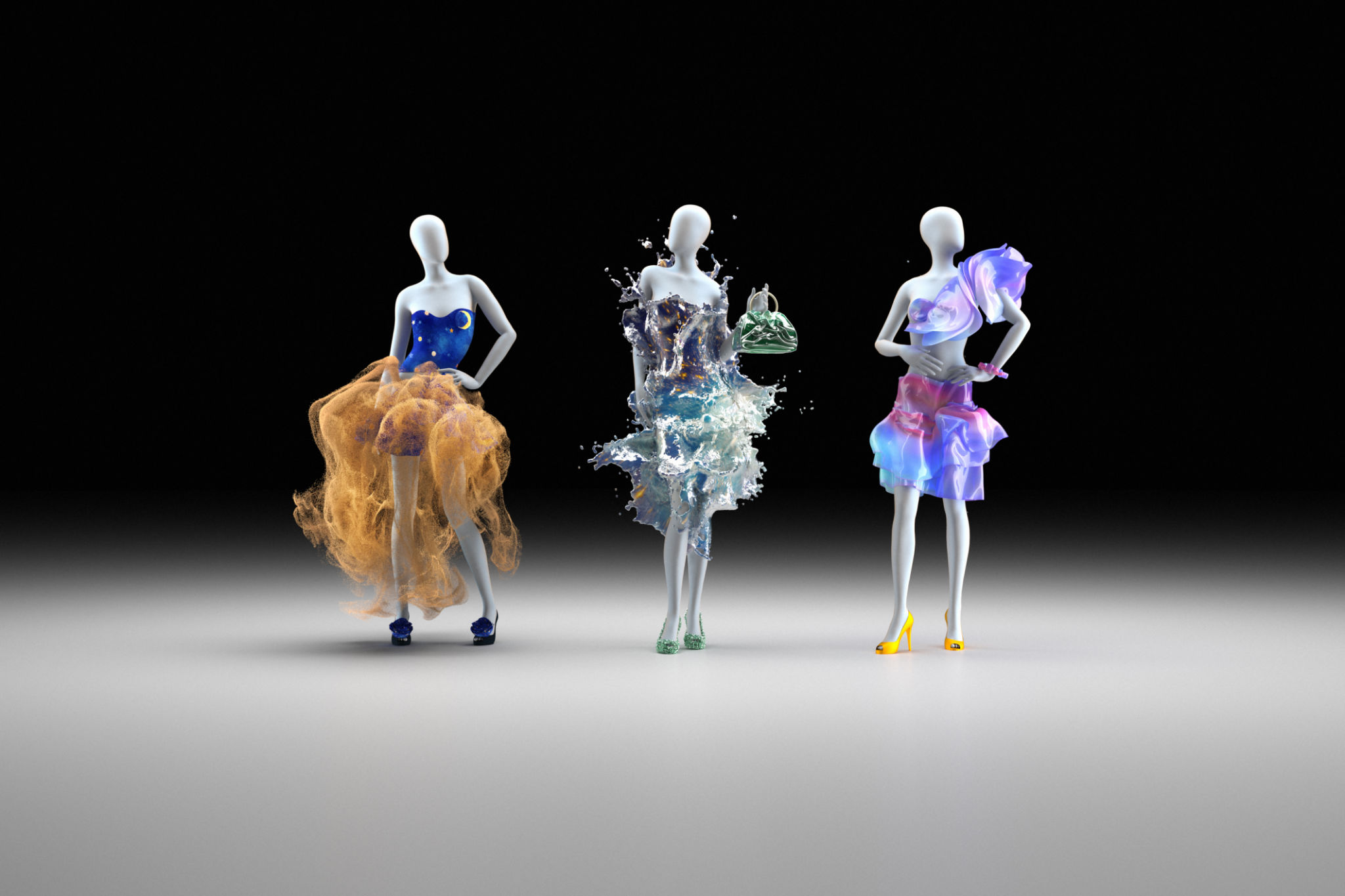Interactive Shopping: The Future of Fashion Retail with Virtual Try-Ons
The Evolution of Fashion Retail
The fashion industry has always been at the forefront of innovation, continuously evolving to match the dynamic demands of consumers. In recent years, one of the most groundbreaking advancements has been the integration of interactive shopping through virtual try-ons. This technology is revolutionizing the way customers engage with fashion brands, offering a more personalized and convenient shopping experience.
Virtual try-ons allow shoppers to digitally try on clothing and accessories from the comfort of their homes. This technology uses augmented reality (AR) to superimpose garments onto a live video feed, giving customers a realistic preview of how items will look and fit. It’s a seamless blend of online and in-store shopping experiences.

How Virtual Try-Ons Work
Virtual try-ons utilize advanced AR technology to create a virtual fitting room. Customers can access this feature through a brand's mobile app or website. By using their device's camera, they can see themselves wearing the selected items in real-time.
This technology relies on complex algorithms and 3D modeling to accurately map clothing onto a person’s body. The result is an interactive and engaging experience that not only enhances customer satisfaction but also reduces the likelihood of returns due to poor fit.

Benefits for Consumers
Virtual try-ons offer several advantages for consumers. Firstly, they provide convenience, allowing shoppers to explore numerous styles without leaving their homes. Secondly, they offer a personalized experience by enabling users to see how different sizes and colors suit them. Lastly, virtual try-ons promote sustainable shopping by reducing the need for unnecessary returns.
- Convenience of shopping from home
- Personalized and accurate sizing
- Reduction in returns and environmental impact
Impact on Fashion Retailers
For retailers, virtual try-ons present an opportunity to enhance customer engagement and loyalty. By integrating this technology, brands can offer a unique shopping experience that sets them apart from competitors. Additionally, it provides valuable data insights into customer preferences and behaviors.

Retailers can leverage these insights to tailor their marketing strategies and improve inventory management. Moreover, by reducing returns, businesses can significantly cut costs associated with reverse logistics.
Challenges and Considerations
Despite its benefits, implementing virtual try-ons comes with certain challenges. Developing and maintaining this technology requires a substantial investment in both time and resources. Retailers must also ensure that the user experience is seamless and intuitive to encourage adoption among consumers.
Furthermore, there are privacy concerns related to the use of personal data for creating accurate models. Brands must prioritize data security to build trust with their customers.
The Future of Fashion Retail
The integration of virtual try-ons is just the beginning of a new era in fashion retail. As technology continues to advance, we can expect even more immersive shopping experiences that blur the line between physical and digital retail spaces. This evolution promises a future where fashion is more accessible, personalized, and sustainable than ever before.
